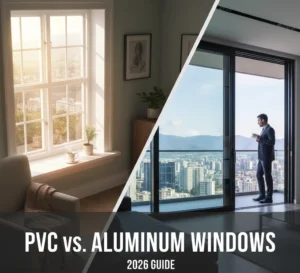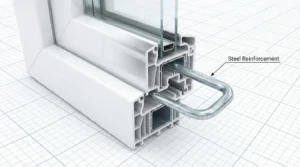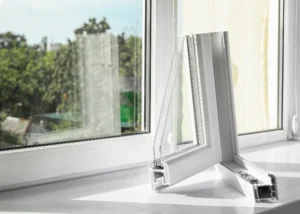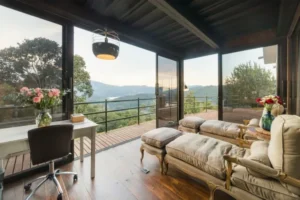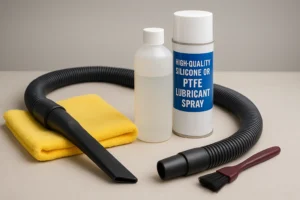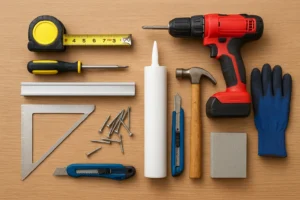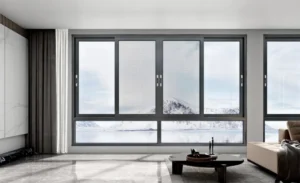Beneficio en una línea: Esta guía muestra a los comerciantes de escaparates cómo convertir un pequeño sobreprecio en beneficios a largo plazo y menores tasas de devolución de llamadas.
Usted ya sabe que un acristalamiento nuevo aumenta los márgenes, reduce las quejas sobre calefacción, ventilación y aire acondicionado y mejora el aspecto exterior. Pero cuando un contratista pregunta ventanas abatibles realmente más caras que las de doble altura?" la respuesta real es depende del valor de vida. Desgranemos las cifras, la normativa y las tácticas de repoblación para que pueda hablar con datos, no con conjeturas.
Instantánea: Cómo se comparan los dos estilos
Métricas clave 2025 - Vinilo de 48 × 60 pulgadas, UVA de baja emisividad
Precio al por mayor: Doble pared $240-380 |Ventana abatible$275-420 (≈10-15 % premium)
Complejidad del hardware: Hoja corredera, pocas piezas móviles | Manivela multiengranaje + bisagra de fricción
Factor U NFRC: 0.25-0.30 | 0.20-0.27
Visitas de servicio previstas (10 años): Baja | Media (puesta a punto del operador)
Puntos débiles habituales de los propietarios: Desplazamiento de la hoja, obstrucción de la vista, ajuste de la unidad de aire acondicionado, espacio libre de oscilación.
Comprender la detalles del coste de la ventanaAquí tiene un análisis más completo y una introducción
Fuente de los precios: Encuesta interna de Super Window House y boletín de mercado del DOE, segundo trimestre de 2025.
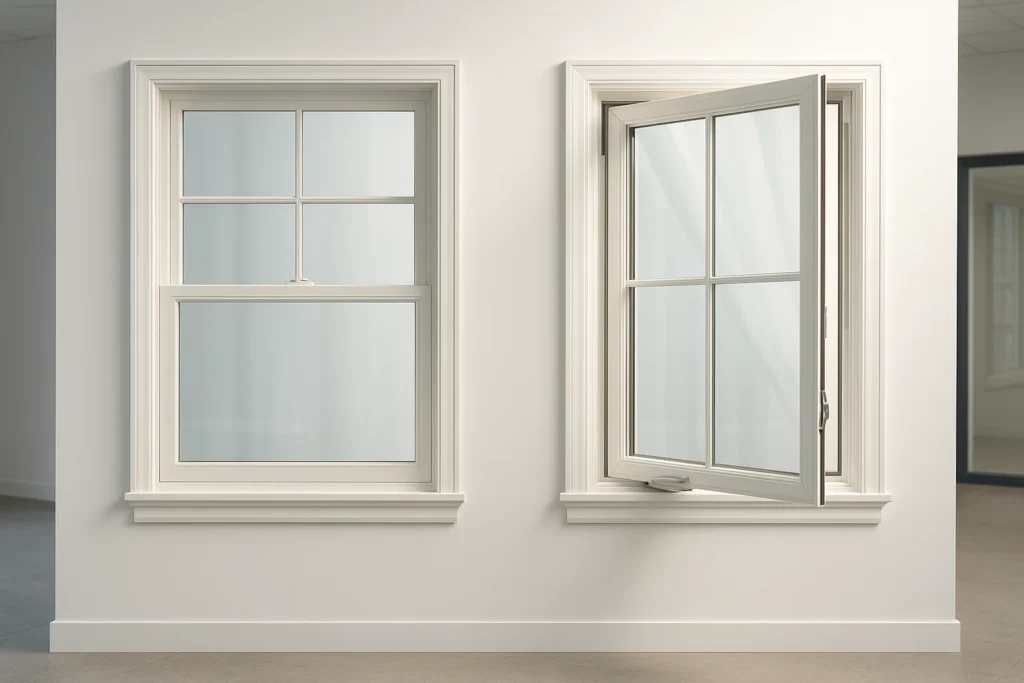
Anatomía de la ingeniería: por qué uno gira y el otro se desliza
Por qué es importante: Comprender la mecánica le permite estimar el tiempo de instalación y las futuras piezas de servicio.
1 Fundamentos de la doble vertiente
El caballo de batalla heredado: dos fajas que se deslizan verticalmente sostenidas por equilibrios en espiral o de bloqueo. Menos engranajes equivalen a menos puntos de fallo, lo que es una buena noticia para los técnicos de la empresa y para el personal de mantenimiento. ROI de sustitución de doble batiente ...lanzamientos.
2 Ventanas abatibles
Una hoja con bisagras laterales gira hacia fuera sobre una bisagra de fricción, accionada por una manivela de tornillo sin fin. Ese movimiento hacia fuera comprime el burlete en los cuatro lados, lo que ayuda a muchas unidades a alcanzar las últimas zonas ENERGY STAR 7.0 sin triple acristalamiento.
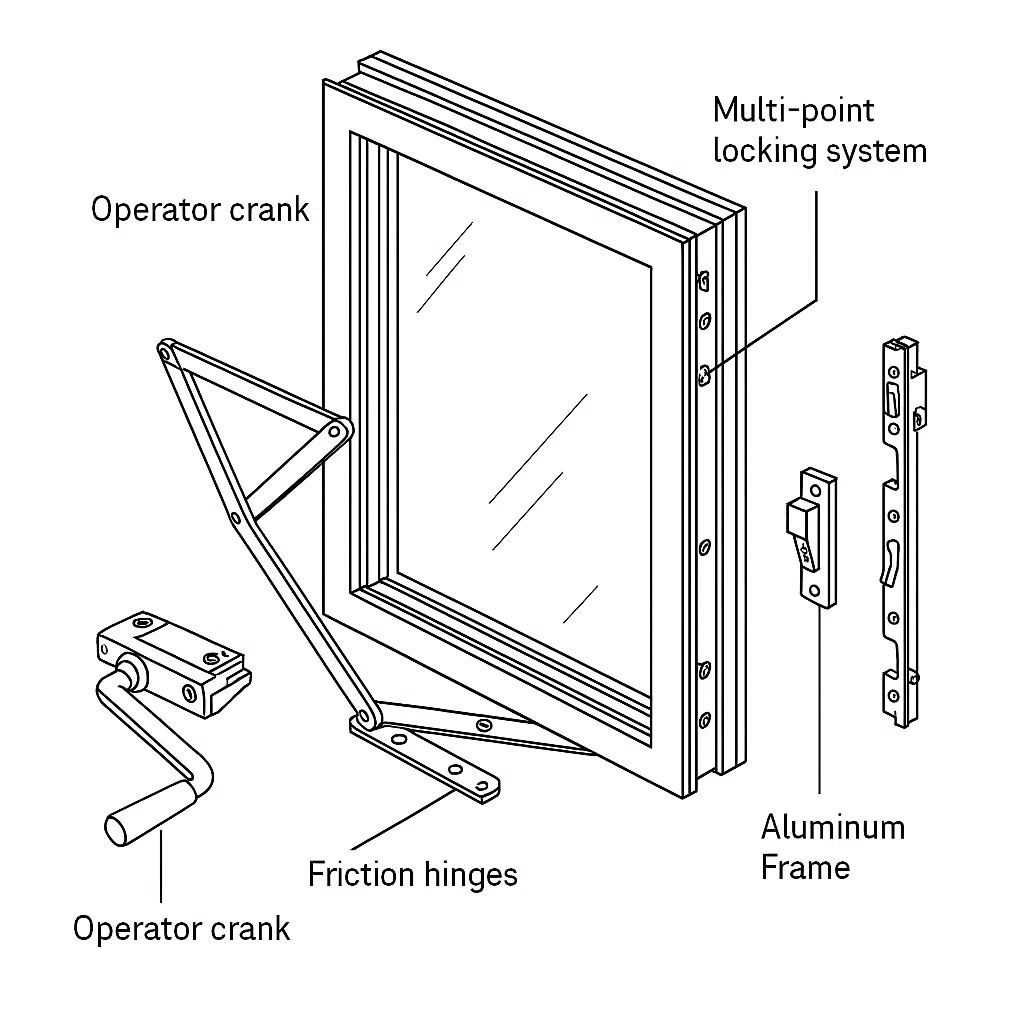
De dónde viene la prima y cuándo se amortiza
Por qué es importante: Los clientes compran en función del coste total de propiedad, no del precio de etiqueta.
1 Gastos generales de ferretería y fabricación
Cada conjunto de manivela añade 12-18 % al coste de fabricación en comparación con una cerradura de guillotina. Los engranajes de precisión y las bisagras de acero inoxidable requieren un control de calidad más estricto.
2 Dinámica del mercado
Doble batiente todavía posee >60 % del volumen de retroadaptación de EE.UU. (informe de envíos de la NFRC de 2024), por lo que las fábricas ejecutan líneas más largas y altamente automatizadas. El aspecto contemporáneo de un ventana abatibleSin embargo, la demanda se mantiene estable, pero las economías de escala limitan los nichos.
3 Flete y embalaje
Las hojas no pueden colocarse planas sin tensar las bisagras, por lo que los palés se desplazan verticalmente con apuntalamiento, lo que supone una carga de 3-5 % en cargas mixtas.
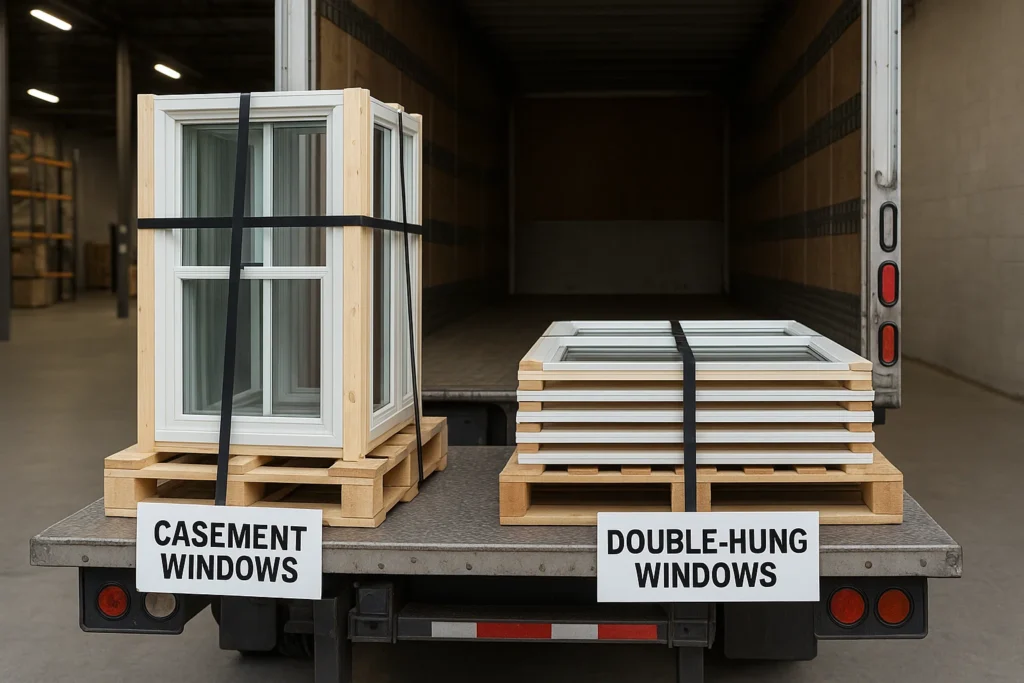
Coste total de propiedad (TCO)
Por qué es importante: Los números consiguen la aprobación de los consejos de administración.
Miniestudio de caso - Consultorio médico de Phoenix, Retrofit 2025
- 30 aperturas, cambio a doble ventana abatible unidades
- Caída de la carga de refrigeración 7 % (modelo DOE eQUEST)
- $0,14 /kWh tarifa ⇒ $612 ahorro anual
- La prima se recupera en 4,8 años y las reclamaciones de garantía se reducen a la mitad
Estrategia de aprovisionamiento para distribuidores
Por qué es importante: La combinación adecuada acorta el plazo de entrega y aumenta el margen.
Lidere con la aplicación, no con el precio. Las cocinas, las alas sanitarias y los alquileres de gran altura premian el manejo con una sola mano y el flujo de aire direccional, perfecto para el estilo de manivela.
Bundle para upsell. Emparejar unidades de imagen con gemelas de igual línea de visión ventana abatibles y comercializarlo como "panorama ventilado" con un sobreprecio de 25 %.
Ofrezca opciones de vivienda mixta. Las fachadas patrimoniales mantienen el atractivo de la doble vertiente; los alzados laterales y traseros aprovechan la eficiencia de las manivelas.
Realidades de instalación y posventa
Por qué es importante: Menos tiempo en la obra significa una rotación más rápida y equipos más felices.
Formación. Los equipos de campo deben apretar a los operadores a 4 N-m-reduce el desgaste prematuro de los engranajes.
Kits de servicio. Manivelas y cubremanivelas de stock; impulsan 80 % de envíos en garantía.
Compatibilidad con aire acondicionado. Cuando las unidades de ventana no sean negociables (residencias de estudiantes), especifique barras de refuerzo o aberturas alternativas.
Notas sobre seguridad y códigos
Por qué es importante: Pasar la inspección a la primera evita costosas repeticiones.
Moderno ventana abatibles utilizan cerraduras multipunto que superan la resistencia a la efracción ASTM F588 en 30 %. Las cerraduras de doble punto cumplen la normativa, pero son más fáciles de forzar.
Reflexiones finales: Precio y valor de por vida
Para los compradores, la pregunta clave no es "¿Qué ventana es más barata hoy?", sino "¿Qué ensamblaje mantiene bajas las reclamaciones de garantía, bajas las facturas de energía y encantados a los usuarios finales durante décadas?". Desde este punto de vista, la modesta prima de una ventana abatible a menudo se parece menos a un gasto y más a un activo, sobre todo cuando se comercializa precios de ventanas comerciales abatibles en términos de amortización, no de compra.
¿Quiere saber más sobre las ventanas abatibles? Ver la guía completa de Ventanas abatibles
Solicite su lista de precios de distribuidor en 24 horas →
PREGUNTAS Y RESPUESTAS: Respuestas rápidas para sus clientes
¿Son siempre más caras las ventanas abatibles que las practicables?
A: Los precios al por mayor son entre 10 y 15 % más altos debido al hardware de manivela y al menor volumen de producción, pero el ahorro de energía suele recuperar el sobreprecio en menos de 5 años.
¿Qué estilo ofrece mejor rendimiento energético?
A: Una junta de compresión perimetral completa hace que una unidad de manivela sea más hermética que una puerta corredera de doble hoja, lo que la hace más ventajosa en climas con vientos fuertes o grandes oscilaciones de temperatura.
¿Falla más a menudo el hardware de manivela?
A: Con operadores modernos de acero inoxidable y lubricación anual, el MTBF de la manivela se aproxima a la vida útil de los muelles de equilibrado de las ventanas de guillotina.
Tiene más preguntas? Consulte nuestra página completa de preguntas frecuentes sobre ventanas abatibles →https://supwindow.com/casement-window-frequently-asked-questions/

